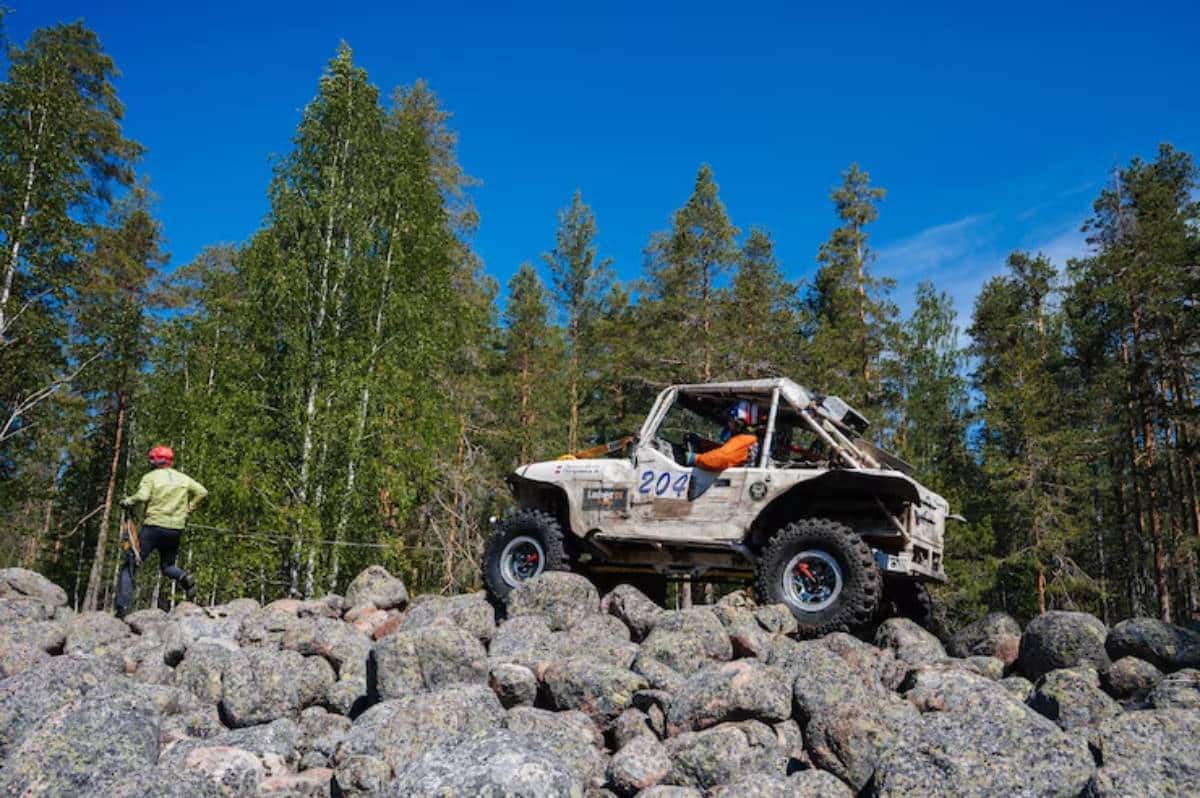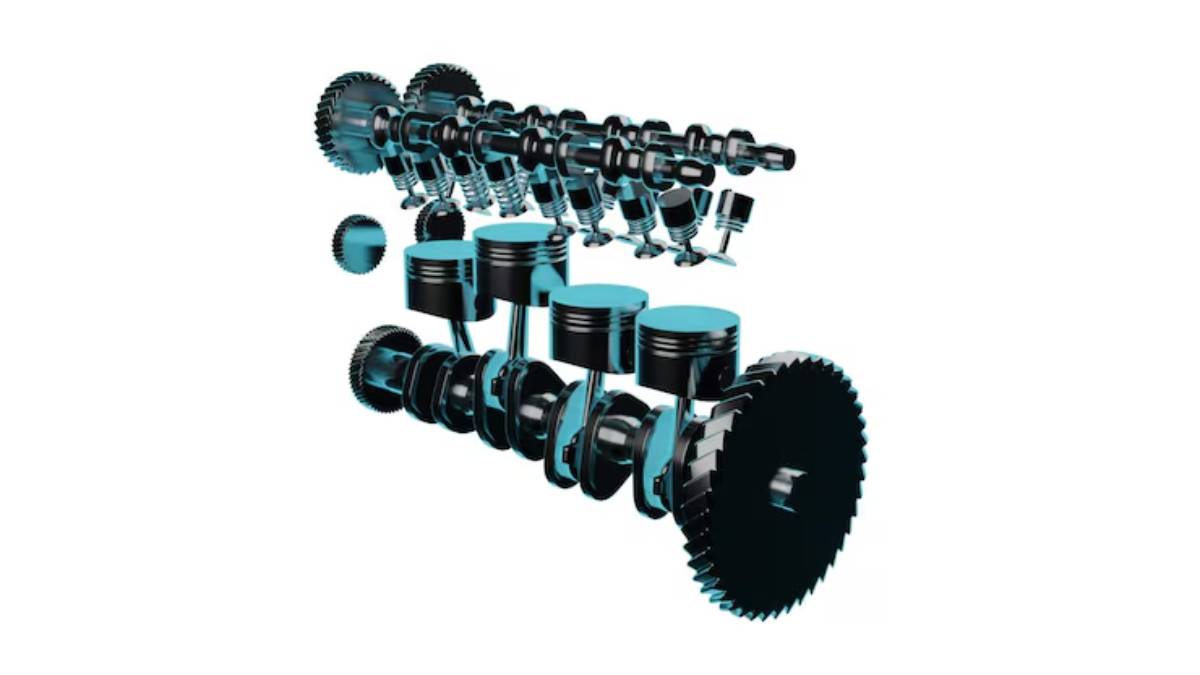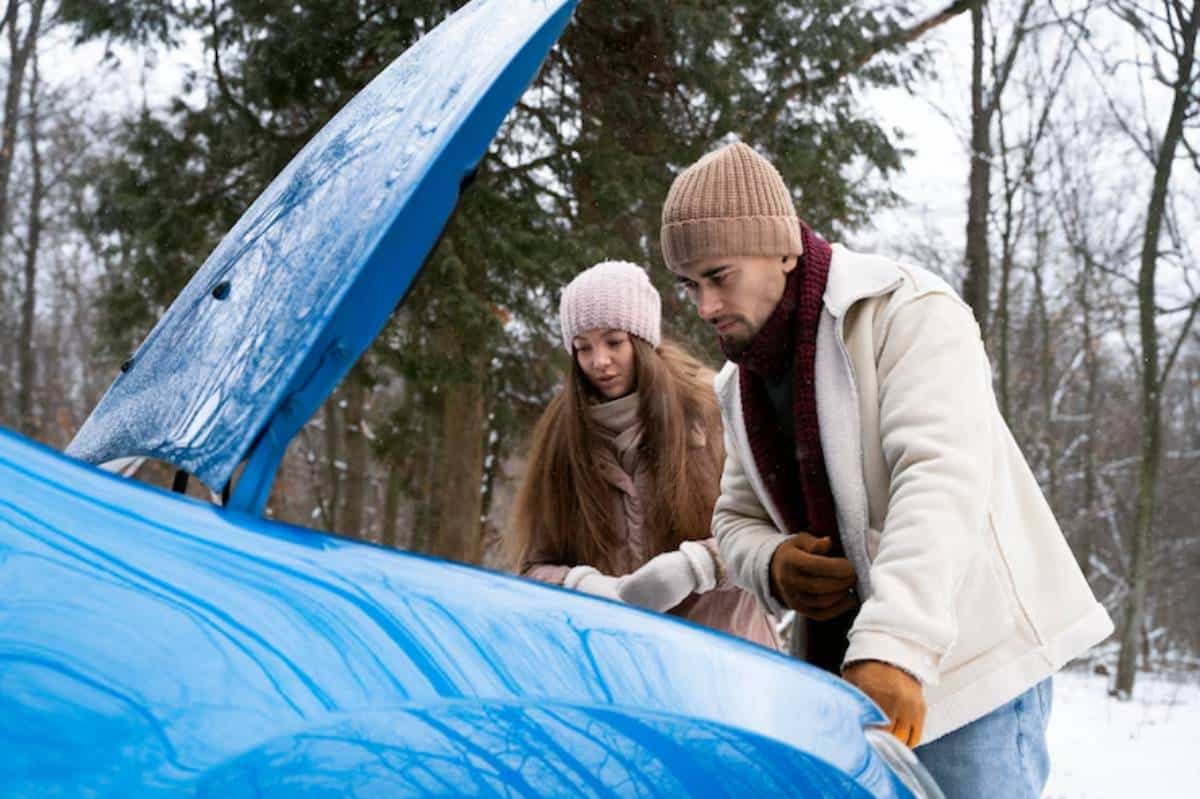
Diesel vs Gas for Off-Road Builds: What to Know
When it comes to building your dream off-road rig, the question of engine type isn’t just mechanical—it’s philosophical. The diesel vs gas off-road debate divides weekend warriors, seasoned tourers, and bush mechanics alike. Both have loyal followings, solid track records, and valid pros and cons depending on where, how, and how far you travel.
Choosing your engine for a 4×4 build isn’t about picking a side—it’s about understanding your goals, your terrain, and what sort of vehicle lifestyle you’re signing up for. Do you need low-end torque for heavy loads? Will you be remote for weeks or on suburban trails for hours? Are you concerned about fuel availability or upfront cost?
In this guide, we’ll break down the real-world pros and cons of overland powertrain options, helping you make an informed decision that balances performance, cost, and your specific off-road ambitions.
Key Differences Between Diesel and Petrol Engines
Before diving into off-road specifics, it helps to understand how the two engine types fundamentally differ.
Diesel Engines:
- Compress air, then inject fuel, creating combustion through pressure
- High torque at low RPMs
- More fuel efficient (km/L)
- Require glow plugs and stronger internal components
Petrol (Gasoline) Engines:
- Mix air and fuel before compression
- More responsive at high RPMs
- Generally lighter and quieter
- Simpler ignition system (spark plugs)
These mechanical differences explain why each performs differently in off-road and overland contexts.

Torque vs Horsepower: Why It Matters Off-Road
Off-road driving isn’t about high speeds—it’s about control, crawl, and load handling.
Diesel Pros:
- High torque from idle = better crawl control
- Pulls heavy loads without high revving
- Ideal for steep climbs, towing, and soft sand starts
Petrol Pros:
- Higher horsepower = better for light rigs on quick trails
- Faster throttle response in high-speed terrain
If you’re setting up a rig for steep grades or long hauls, the diesel’s grunt wins. But if agility on short trails is your priority, petrol may feel more playful.
Fuel Economy and Range Considerations
Diesel Wins:
- Often delivers 20–30% better fuel economy
- Better suited for long-distance, remote travel
- Diesel fuel is often cheaper per km driven (despite the price per litre)
Petrol Reality:
- Still viable for shorter trips or vehicles with smaller tanks
- Can require carrying more jerry cans for extended trails
More range equals more freedom in remote zones. That’s why many long-haul travellers choose diesel.
Maintenance, Repair, and Availability
Diesel Advantages:
- Engines built tougher, last longer with proper maintenance
- Less affected by water ingress (no ignition spark)
Diesel Drawbacks:
- More expensive parts and servicing
- Sensitive to fuel quality (especially modern common rail systems)
Petrol Advantages:
- Easier DIY repair for most drivers
- Parts are cheaper and more widely available
- Better suited to colder climates (quicker starting)
If you’re building a DIY trail vehicle, petrol can offer lower-cost maintenance with fewer specialised tools.

Fuel Availability and Global Access
Fuel access varies widely depending on the region.
Diesel Is Often More Widely Available In:
- Rural and agricultural areas
- African, Australian, and South American overland routes
Petrol May Be Preferable In:
- North American backcountry where ULP dominates
- Areas with strict diesel emissions rules (California, Europe)
If you’re planning international travel or remote exploration, map your fuel type to your region and ensure you’ve got a solid grasp of permit and access rules for off-road trails to avoid unexpected detours.
Cost of Ownership: Initial and Long-Term
Diesel:
- Higher upfront cost
- Higher resale value in many markets
- Lower long-term fuel cost (especially for heavy use)
Petrol:
- Lower buy-in price
- Less costly to maintain or replace parts
- May suit casual or weekend use better
Think long-term how much will you drive annually, and how long do you plan to keep the rig?
Environmental Impact and Emissions
Diesel:
- Lower CO2 emissions per kilometre
- Higher NOx and particulate matter (unless DPF-equipped)
- Often subject to emissions restrictions in urban zones
Petrol:
- More CO2 per kilometre but fewer particulates
- Accepted in more metro areas
Modern diesel engines are cleaner than ever, but emissions compliance adds complexity and potential failure points (DPF, EGR, AdBlue).
Real-World Trail Use: Which Engine Suits Your Style?
Choose Diesel If:
- You plan to tow heavy trailers or campers
- You’re building for long-range, remote touring
- You value torque, economy, and engine longevity
Choose Petrol If:
- You drive light and fast on technical trails
- You want lower purchase and repair costs
- You’re staying closer to civilisation
Looking to pair your powertrain with a smart layout? Start with your budget-friendly overland rig build and assess how your power needs match your travel style.
Case Study: Patrol vs Prado on the Same Track
Two drivers tackled a 1,500km trail loop across outback Australia.
- Driver A: Nissan Patrol 3.0L diesel, dual battery, rooftop tent
- Driver B: Toyota Prado V6 petrol, rear drawers, swag setup
Results:
- The Patrol averaged 11.5L/100km; the Prado 15.8L/100km
- Diesel cost savings totalled €120 across the trip
- The diesel’s torque helped in dune starts with a heavy load
- Petrol driver found easier acceleration on gravel flats
Conclusion? Both rigs succeeded, but the diesel offered more economy and load control. The petrol rig was lighter and required fewer mods to handle the same route.
Conclusion: Choose the Engine That Matches Your Mission
There’s no universal winner in the diesel vs gas off-road debate. It all comes down to how and where you drive. Diesel gives you range, torque, and long-term value. Petrol offers responsiveness, simplicity, and lower initial cost.
When choosing your engine for 4×4 builds, be honest about your goals. Are you heading into the mountains for the weekend or planning a pan-continental crossing? What matters most—cost, performance, or flexibility?
Your overland powertrain should serve your journey, not the other way around.


